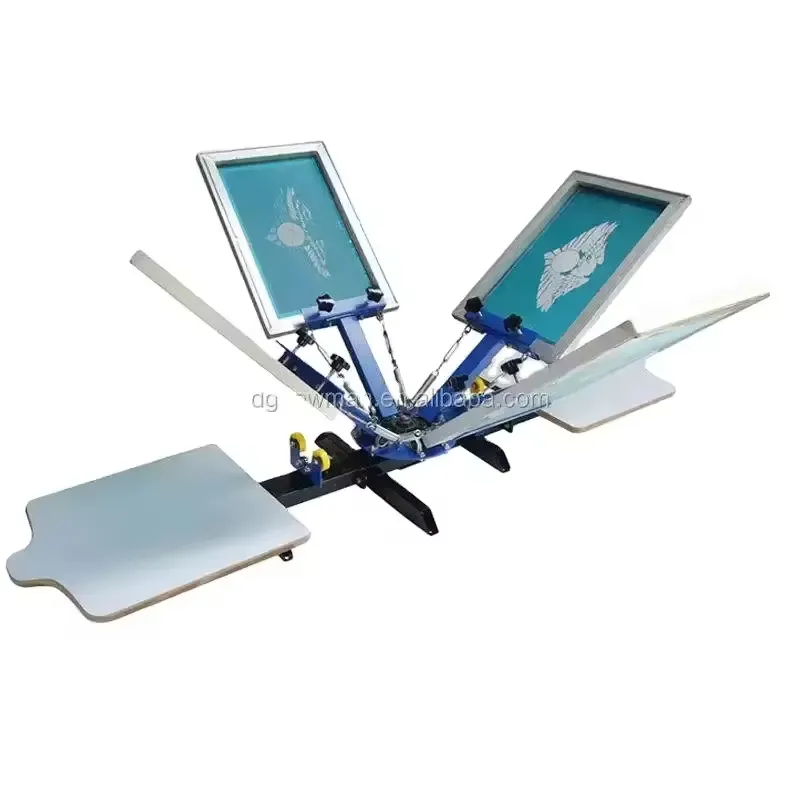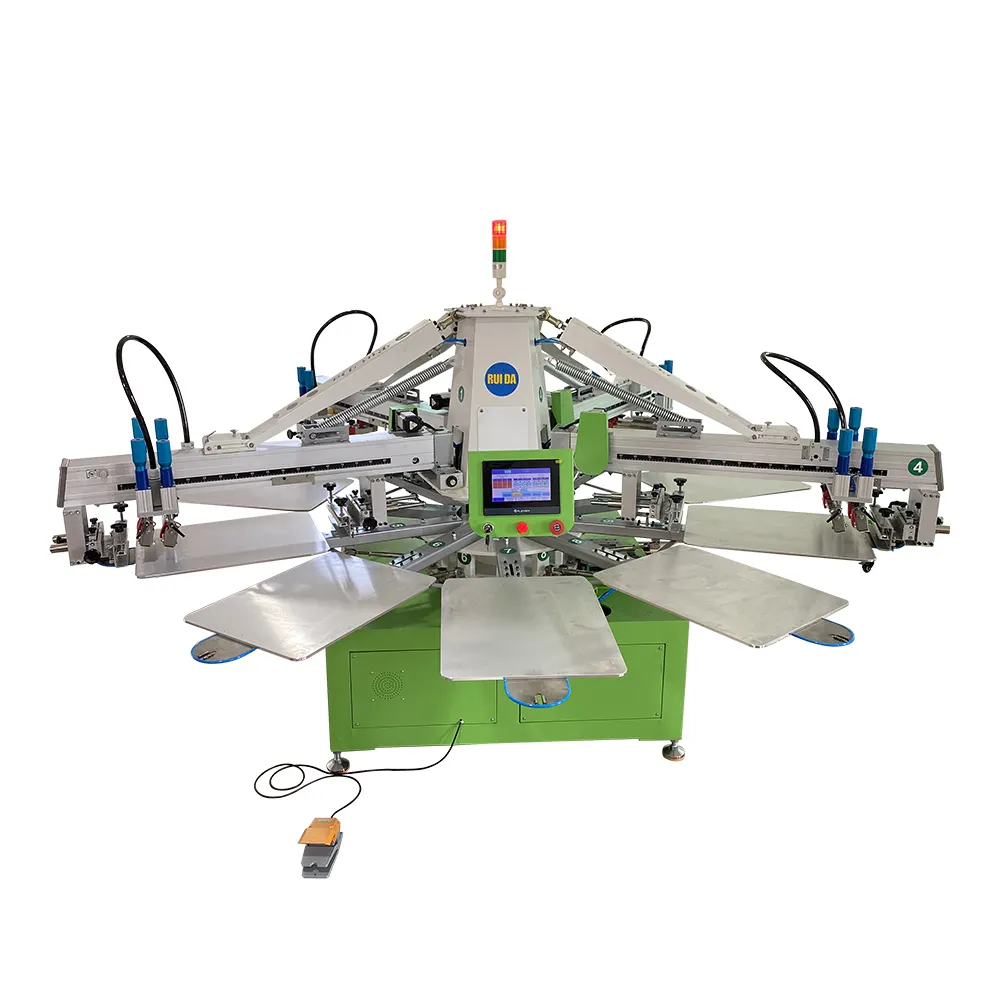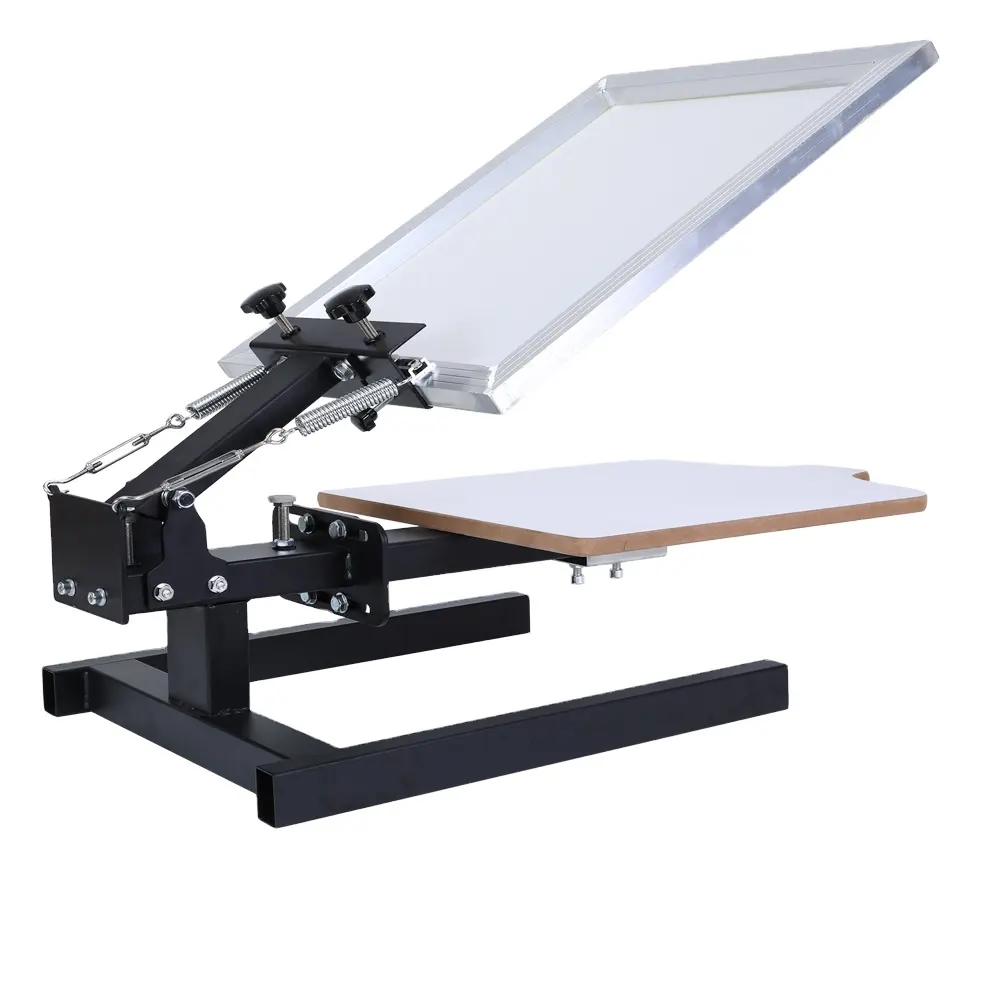screen printer manual
A screen printer manual serves as an essential guide for both novice and experienced operators in the screen printing industry. This comprehensive document provides detailed instructions on operating screen printing equipment, covering everything from basic setup procedures to advanced printing techniques. The manual typically includes step-by-step guides for frame preparation, mesh selection, stencil making, and ink application. It encompasses crucial technical specifications, maintenance schedules, and troubleshooting procedures to ensure optimal printing results. The document details various printing parameters such as squeegee pressure, print speed, and off-contact settings, enabling operators to achieve consistent, high-quality prints. Safety protocols and best practices are thoroughly outlined, ensuring proper equipment handling and workplace safety. The manual also covers material compatibility, explaining suitable substrates and ink types for different applications. Additionally, it includes calibration procedures, quality control measures, and workflow optimization techniques to maximize productivity and minimize waste. Modern screen printer manuals often incorporate digital elements, such as QR codes or links to online resources, providing access to updated information and supplementary training materials.


